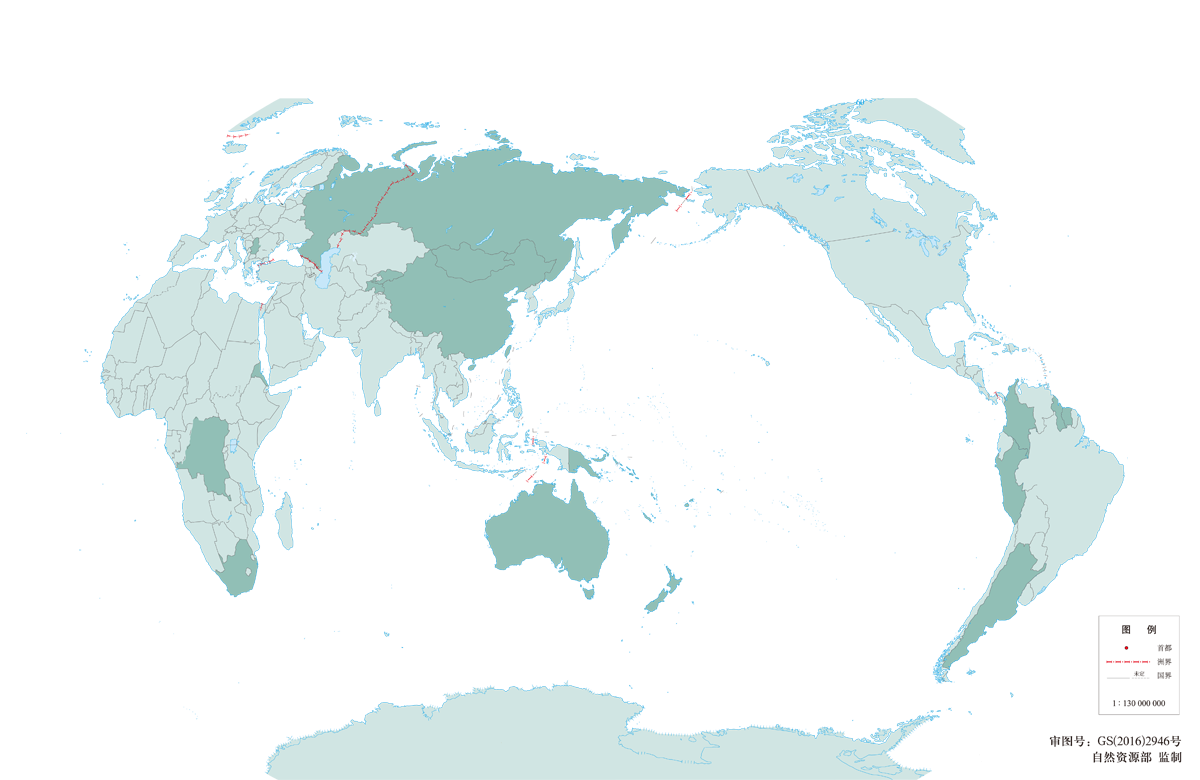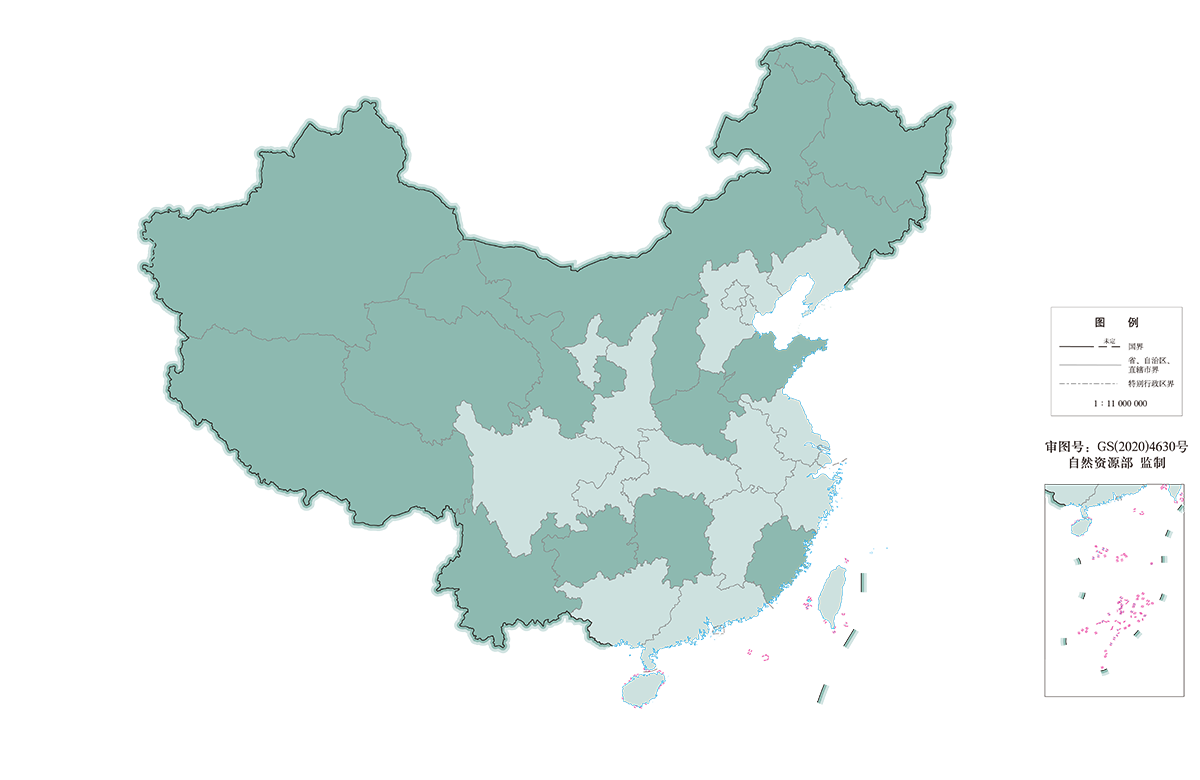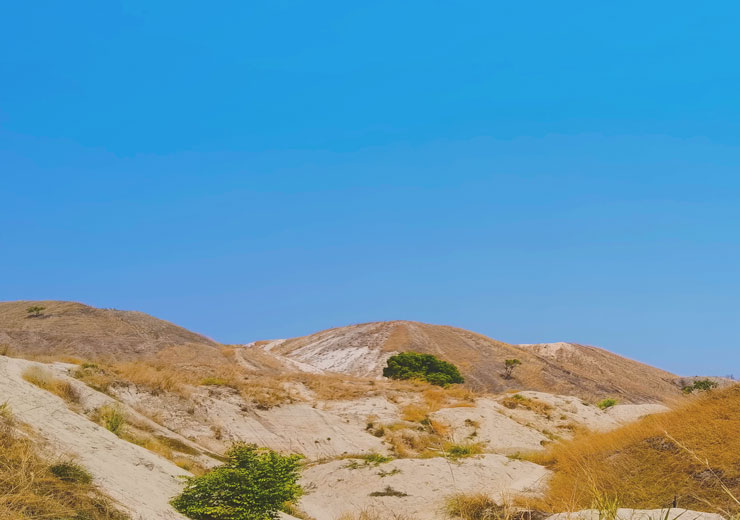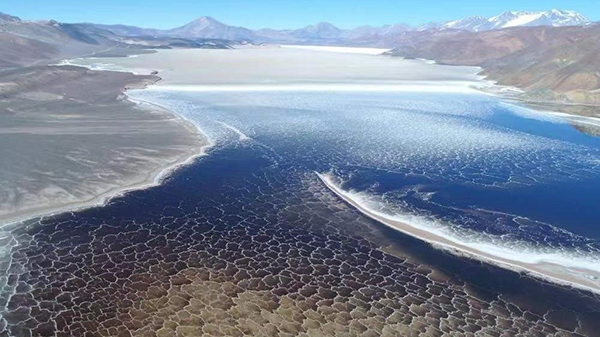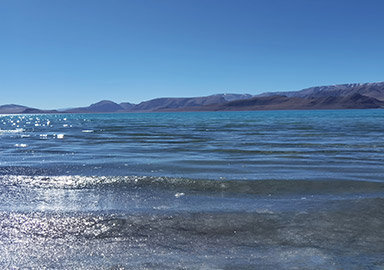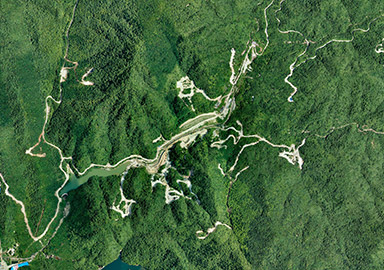Highlight: Zijin invested in minerals critical to the renewable energy transition at an impressive speed, creating an asset package of “two salars and one mine” by acquiring the 3Q Salar in Argentina, the Lakkor Tso Salar in Tibet and the Xiangyuan Lithium Mine in Daoxian County, Hunan Province.
Resources: Total LCE resources exceed 10 million tonnes, putting Zijin among the top 10 global lithium companies by resources.
Growth potential: In the long run, Zijin plans to produce over 150Kt of LCE per annum, providing a strong basis for it to become a major lithium producer in the world.
Li Main companies or mines (click to download excel form) |
Name |
LCE resources
|
Planned capacity |
3Q Lithium Salar in Argentina |
7.63 million tonnes (lithium ion concentration at 400mg/L cut-off)
|
Phase 1 is designed to produce 20,000 tonnes of battery-grade lithium carbonate per annum, with its commissioning scheduled at the end of 2023. The project team has conducted preliminary studies on 40-60Ktpa capacity production. Optimized process flows are expected to help achieve higher lithium recovery and production. |
Lakkor Tso Lithium Salar in Tibet |
2.14 million tonnes (average lithium ion concentration at 270 mg/L)
|
Phase 1 is designed to produce 20Ktpa of lithium carbonate, and the combined output will grow to 50Ktpa after Phase 2 is commissioned. |
Xiangyuan Hard Rock Lithium Polymetallic Mine |
2.16 million tonnes
|
The project’s designed throughput is 10 million tonnes per annum. When reaching nameplate capacity, it will produce 60,000-70,000 tonnes of LCE from lepidolite ores. The mine will first re-commission the existing 300Ktpa extraction and concentration system. |
 Electric vehicles
Electric vehicles Aerospace
Aerospace Energy storage
Energy storage Glass and ceramics
Glass and ceramics Photocatalysis
Photocatalysis


